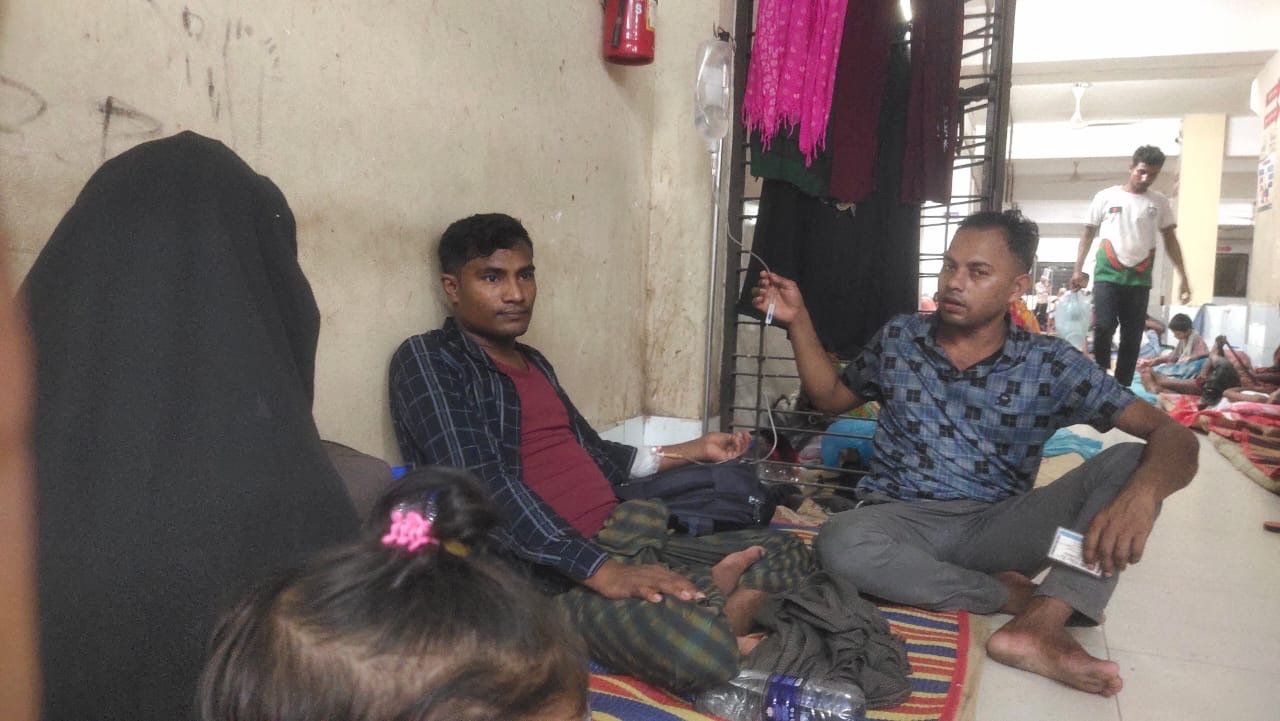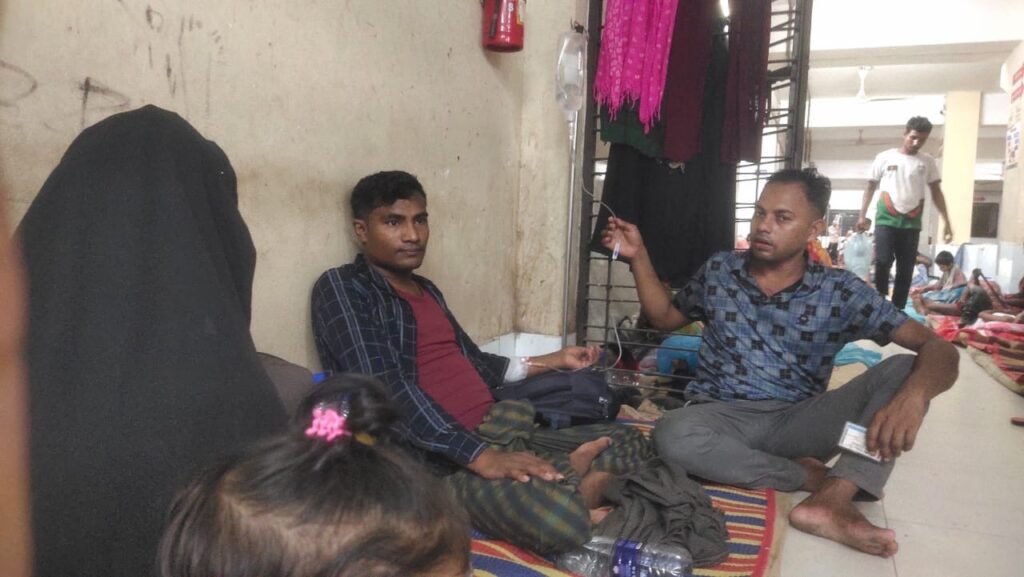
Currently, over a million Rohingya refugees are residing in the world’s largest refugee camp in Bangladesh. The majority of Rohingya individuals live in densely populated areas within the camp, where they face numerous challenges, including unsanitary conditions such as filthy drainage and widespread trash throughout the entire camp.
Numerous non-governmental organizations (NGOs) are actively engaged in wash and cleaning projects within various camps. However, despite their efforts, these camps continue to encounter challenges in managing their cleanliness due to the escalating levels of dirtiness in each area. Waste generation from every corner of each block exacerbates the living conditions of refugees, making survival increasingly difficult.
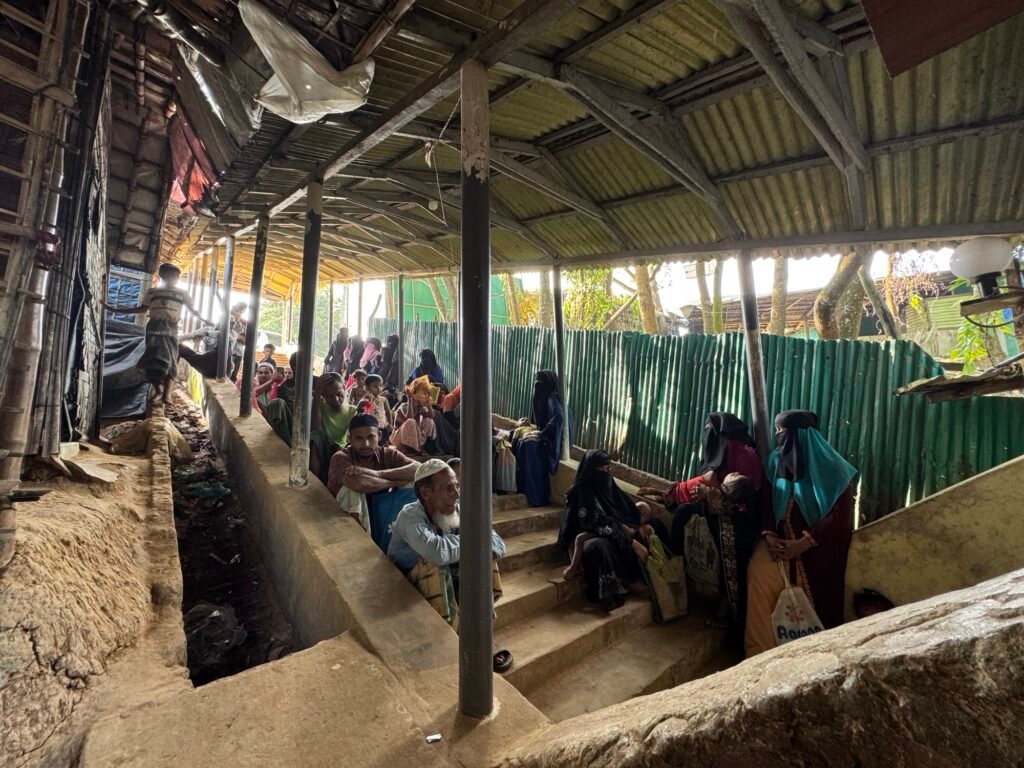
Due to inadequate waste management, thousands of refugees are susceptible to various life-threatening diseases in the current situation. Malaria, tuberculosis, diabetes, hypertension, mental health issues, and other serious conditions have a significant impact on their health. Refugees endure challenging living conditions, spending their days and nights in densely populated and vulnerable areas surrounded by filth and debris within the camps.
Most refugees are affected by various severe diseases that pose significant risks to their health. Even some are losing their lives, while others are recovering from these severe diseases. In recent times, dengue fever has been on the rise in the camps, affecting a large number of refugees, particularly children, elders, and young ones. The refugees are unable to afford adequate treatment for these diseases.
Several refugees residing in the camp have succumbed to dengue fever, while others have endured prolonged suffering and continue to face challenges. One such individual, Noor Kawlim, a 31-year-old community humanitarian, recounted his harrowing experience. Kawlim suffered from dengue for approximately ten days, experiencing high fever, severe headache, joint and muscle pain, frequent nausea, vomiting, and a runny nose. He described a profound sense of exhaustion, weakness, and despair, which was alleviated by the doctor’s advice to maintain adequate fluid intake.
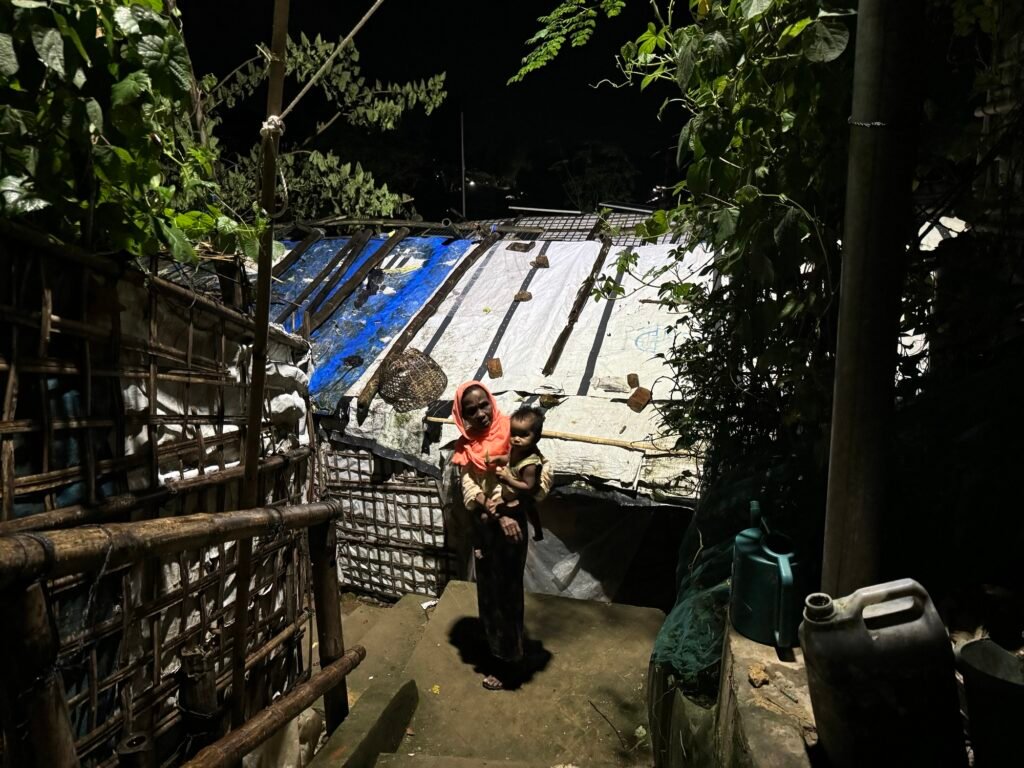
Unfortunately, Kawlim is not alone in his struggle. Thousands of refugees in the world’s largest Rohingya refugee camp are largely unaware of the dangers posed by dengue fever. This lack of awareness poses a significant risk to their health and well-being. Another severely affected patient, who initially experienced fever, runny nose, and a common cold, provided a stark reminder of the severity of the disease.
Regrettably, dengue fever has proven particularly lethal among children and the elderly. Recently, an elderly man named Liyakot Ali, aged 60, succumbed to the disease in Balukhali camp. His family described his desperate pleas for comfort as he endured excruciating high fever and body pain. This tragic incident underscores the vulnerability of the elderly population in the camp.
While dengue fever can affect individuals of all ages, its impact is particularly devastating on children and the elderly. These vulnerable groups are at a heightened risk of contracting the disease and succumbing to its complications. It is imperative that the international community takes immediate action to address this crisis and provide adequate awareness and protection to the refugees affected by dengue fever.
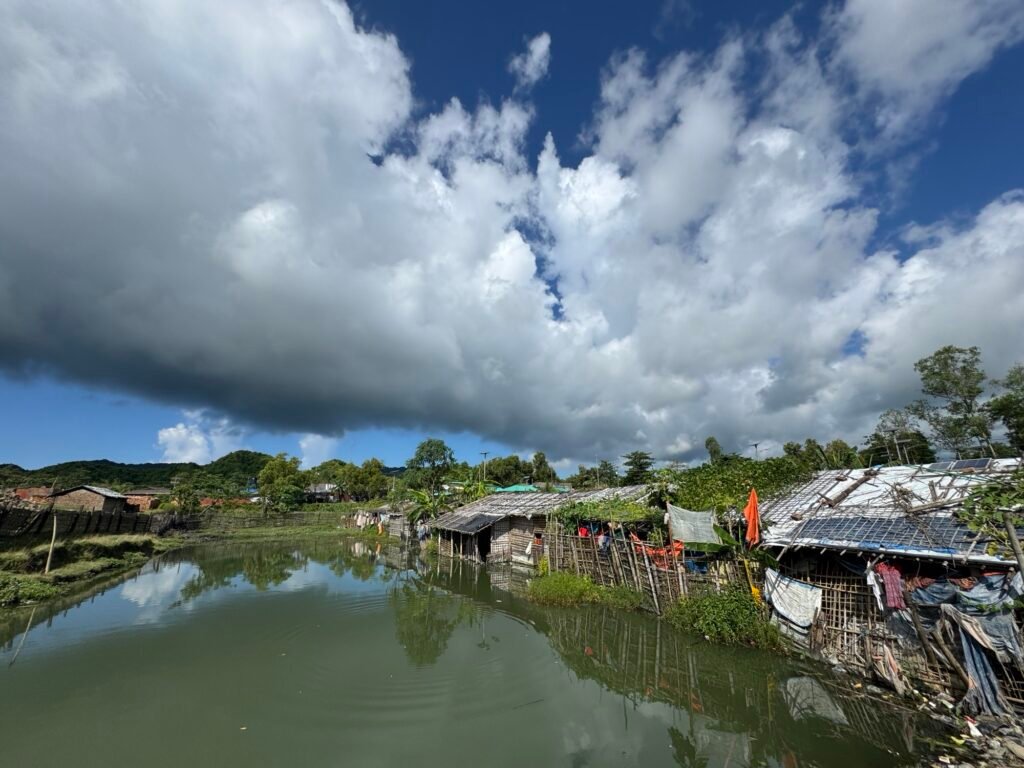
One of the community NGOs’ health workers, Abul Kasem, a 29-year-old man, fell ill with dengue fever for several days. The fever reached a temperature of approximately 102 degrees Celsius, which persisted for more than 10 hours despite the use of medication. In addition to the fever, he also experienced symptoms of a common cold, pain, and cough. When an individual is in such a state, they often lose their appetite and feel dizzy due to a drop in blood pressure, accompanied by weakness. Kasem endured this condition for an entire week before seeking medical attention. He was subsequently admitted to the hospital and recovered after a few days. During his illness, he had come to the grim realization that he might not survive.
There are numerous field hospitals within refugee camps where patients receive treatment to save their lives. Despite the prevalence of dengue cases in these camps, the camp residents remain largely unaware of the situation and are not taking adequate precautions to avoid the potential dangers they face. Thousands of families in the camps still do not utilize mosquito nets and other antiseptics to prevent the spread of diseases from mosquitoes, cockroaches, rats, and other insects. These insects facilitate the transmission of diseases among family members who reside in close proximity.
Rohingya refugees encounter various mental health challenges stemming from their current circumstances, as well as the experiences of their lives in Myanmar and the traumatic memories they carry. Most Rohingyas aspire to return home with dignity, but this goal remains elusive due to the challenging conditions they face in refugee camps. The persistent frustration, anxiety, and depression experienced by these individuals have a profound emotional impact on all age groups within the refugee camps.
Dengue fever is particularly lethal among children and the elderly. Recently, an elderly man named Liyakot Ali, who was 60 years old, succumbed to dengue fever in Balukhali camp. His family described his desperate pleas for comfort as he endured excruciating high fever and body pain. Similar situations continue to affect many elderly individuals in the world’s largest refugee camp.
Most refugees are found with the symptoms dengue but 60% refugees are tested with negative and 40% are found with negative that need proper support to be safe from these cases. There should have the proper management to avoid the diseases that spread so fast and refugees can’t stand them and become the patients of the infected diseases.
